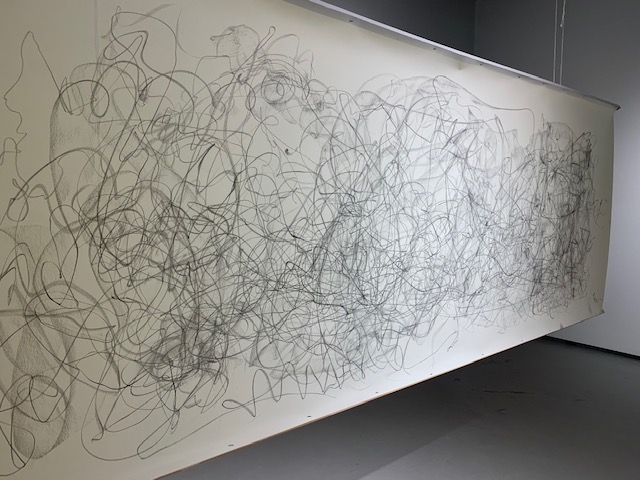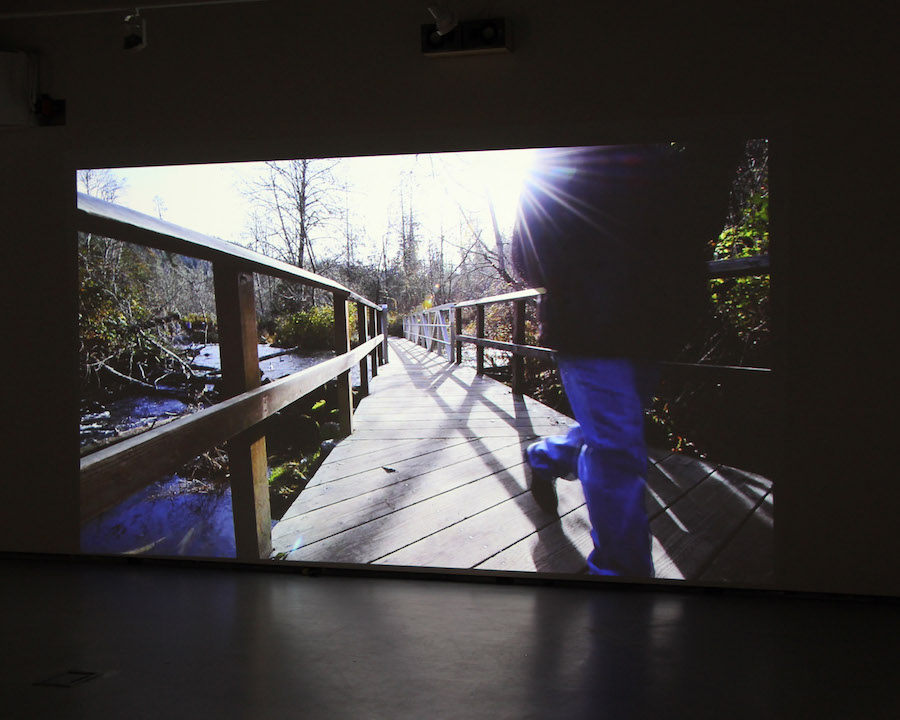Intro Painting Class!
After only 6 weeks these students from Katherine’s VISA 215 class demonstrate amazing technical skills! VISA 215 course: Introduction to the materials and techniques of painting. Exploration of colour, surface, structure, and space.

 Follow
Follow





